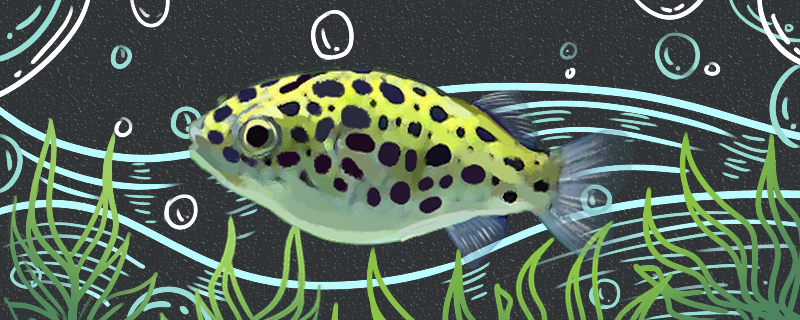
Submarine fish are more difficult to raise. Because they live in the waters between salt and fresh water, they belong to "soda water" fish, so they need to mix salt water and fresh water together to make the specific gravity of water between 1.002-1.018. This is more difficult to grasp. When adding salt, use coarse salt and sea salt, table salt and refined salt are not allowed. Another thing is that they like to fight very much, especially biting the tail fin of other fish. So it can't be mixed with other fish. In addition, do not grow aquatic plants in their living environment. So to sum up, their breeding difficulty is relatively high.
1. Water temperature: When raising submarine fish, the temperature of the water must be well controlled. Generally, it should be kept at 26-30 ℃. When the water temperature is below 25 degrees Celsius, they hardly swim in the water. If you find that they have a little loss of appetite recently, you can raise the water temperature a little, the effect will be very obvious.
2. Water quality: They do not have particularly high requirements for water quality, but they do have requirements for the environment of water bodies. Generally speaking, as long as the acidity and alkalinity of the water body are maintained at about 6.8, the hardness of the water has little effect on them. Because of their strong pollution to the water environment and their preference for living in old water, they have higher requirements for filtration and purification. Normally, it is necessary to ensure that the total amount of water exchanged per week is about 1/3 of the total amount of water in the fish tank, and then cooperate with the powerful filtration system to ensure good water quality.
3. Feeding: They are carnivorous fish. When feeding, they need to prepare nematodes, frozen red worms, dried small shrimps or shellfish bait. Shrimp and snails are their favorite food. They can only accept carnivorous bait, for the general artificial diet, they will not eat.